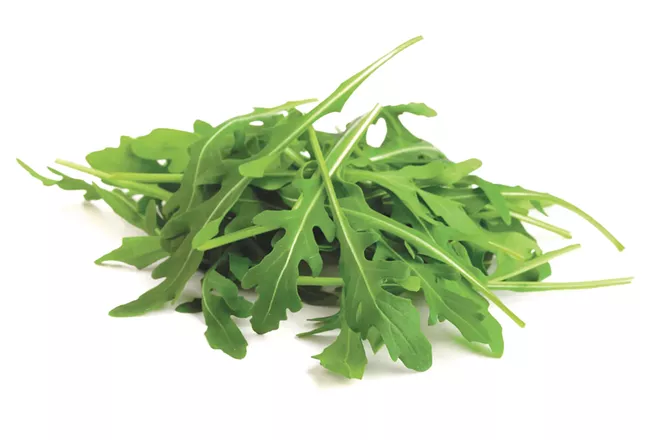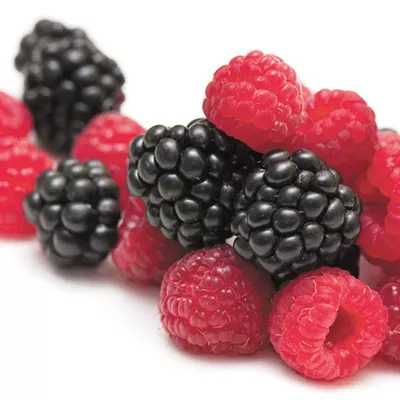Making yourself a salad can be a quick and simple daily task or the creation of an inspired masterpiece. It's important for your salad greens to provide a nutritious foundation so you can get the most out of your salad. While most leafy greens are high in vitamin A, vitamin C, fiber, folate and iron, each type has its own unique features.
Iceberg Lettuce
This juicy, pale-colored lettuce makes a great crunchy base to a salad. Its crisp leaves create a refreshing balance with heavier toppings, like that of the bacon-covered timeless wedge salad. While iceberg lettuce doesn't add much unique nutritional value, it will still make a delicious, healthy base if you prefer its uniquely crisp texture.
Romaine Lettuce
Similar to iceberg lettuce, romaine also has a juicy, refreshing bite to its leaves. However, romaine isn't quite as crisp, lending it strength as a tossed salad, since the softer leaves can catch the dressing during tossing but still hold their shape. Romaine lettuces tend to have slightly more nutrients than their cousin, the iceberg lettuce, notably vitamins A and K. Additionally, romaine lettuces come in multiple varieties and colors. As a rule of thumb, the deeper the color of your green, the more antioxidants the leaves contain. Therefore, a head of red romaine is not only a beautiful choice for your next salad, but might be better for you too.
Baby Spinach
Although Popeye prefers to eat his spinach out of a can, the fresh leaves pack more nutritional punch. Baby spinach makes a great salad base. Since spinach is a less firm leaf, spinach-based salads are best to drizzle dressings on top rather than toss the salad in a bowl, which could cause the leaves to get limp and soggy. This deep green leaf balances well with crunchy nuts and fresh fruits. Spinach leaves are a great source of nutrition in a salad. Compared with lettuce, spinach is notably higher in vitamin K and antioxidants, and also slightly higher in vitamins A, C, folate and iron. However, along with the higher nutrition comes a stronger flavor, so if you don't enjoy the flavor of raw spinach on its own, consider it as a mix-in.
Arugula
Arugula sits somewhere in between the lettuces and spinach in its vitamin profile, though still has high contents of antioxidants. This small, pointed leaf is also softer, and often makes a better mix-in than a base because of its strong, somewhat spicy flavor. This flavor balances well with rich but fresh flavors like tahini, goat cheese and nuts. Although less than spinach, arugula also has notably higher content of vitamins A and K than most lettuces, but similar levels of vitamin C, folate, and iron.
Regardless of which of these timeless favorites you prefer, your next salad can get even more nutrition by combining your salad greens of choice with other leafy green relatives like microgreens, or shredded kale or cabbage.
Stacey Aggarwal received a Ph.D. in pharmacology from the University of Washington. Now she writes about biology, health and nutrition while running a lavender farm in North Idaho.



























